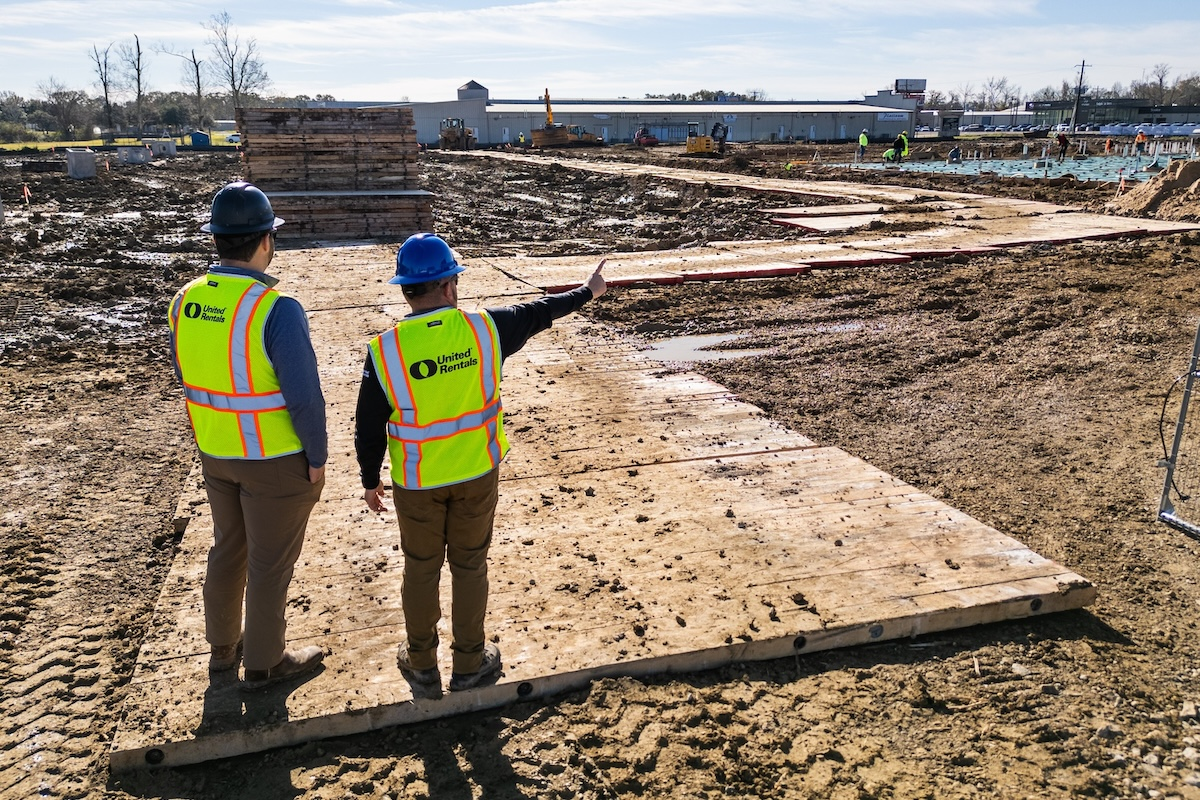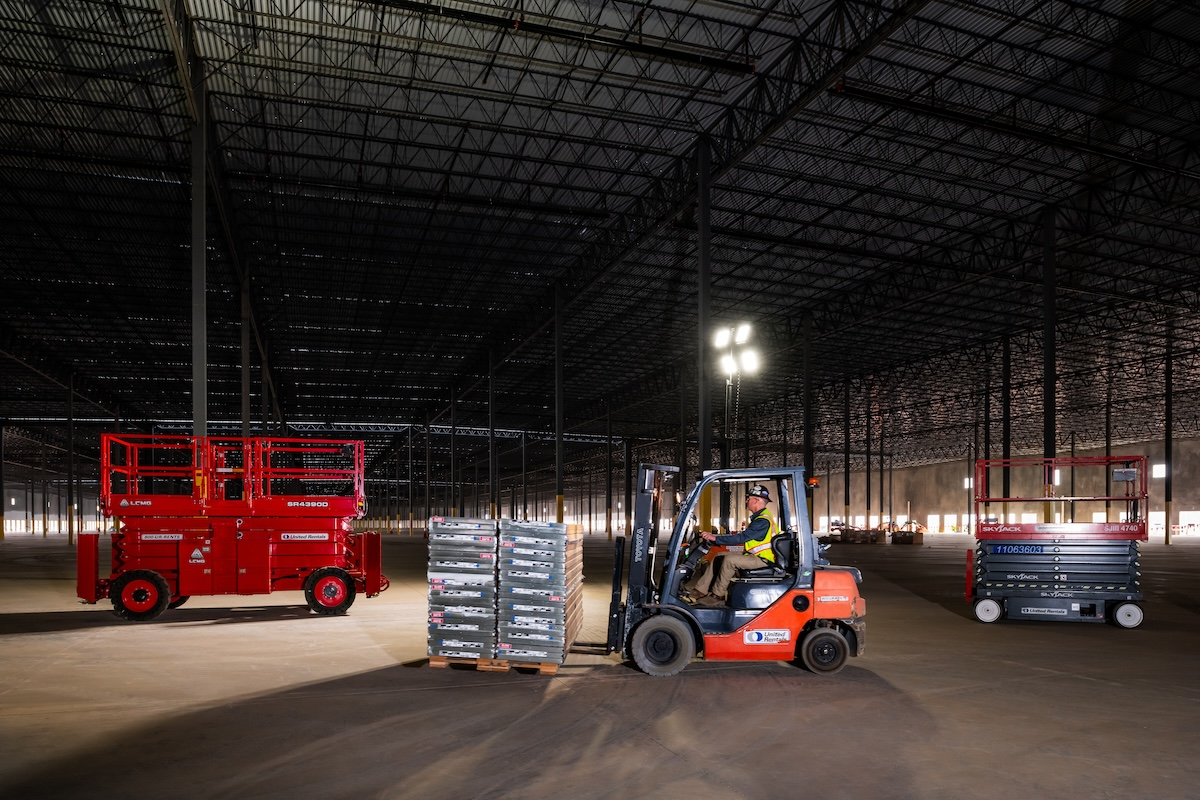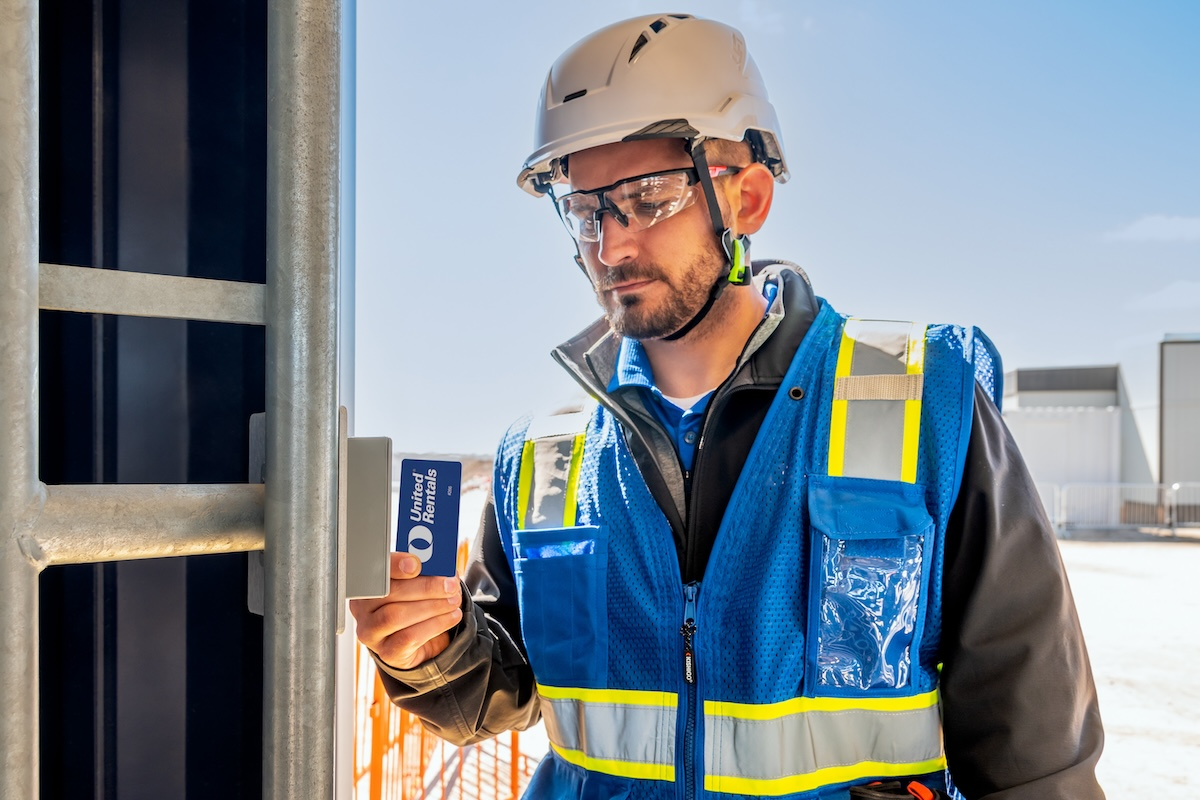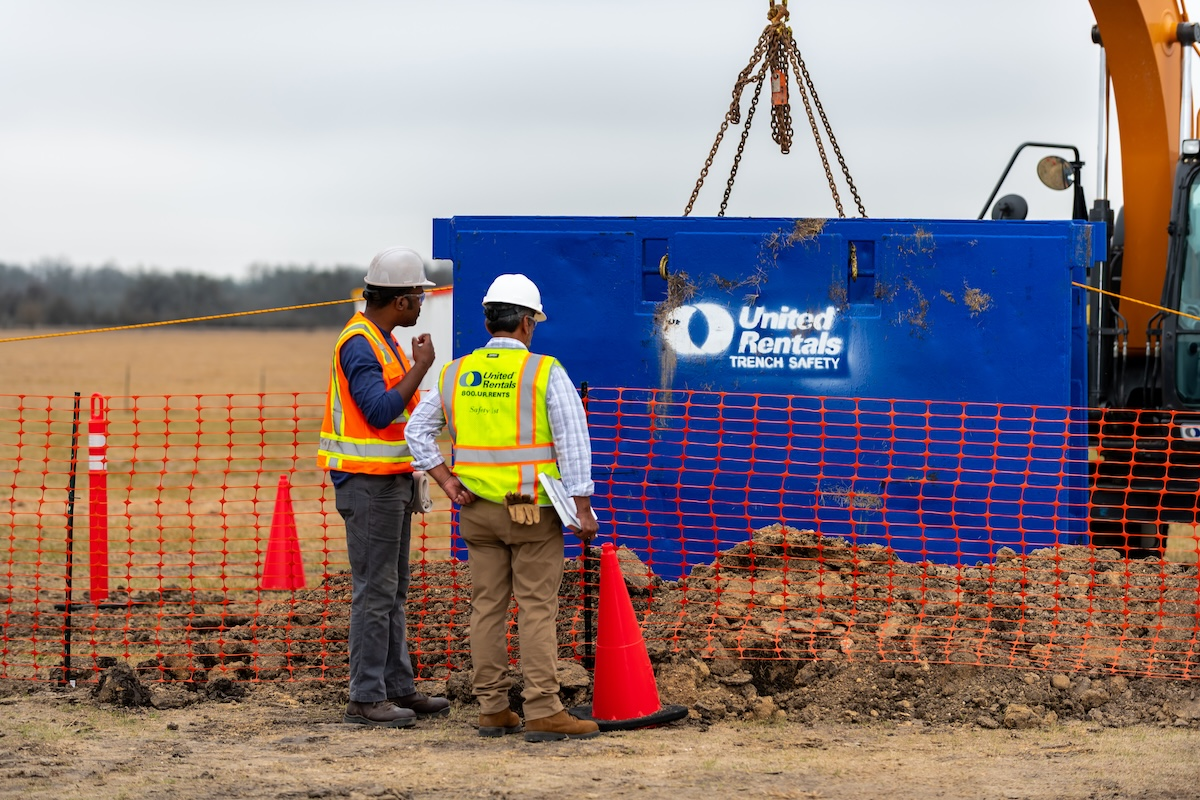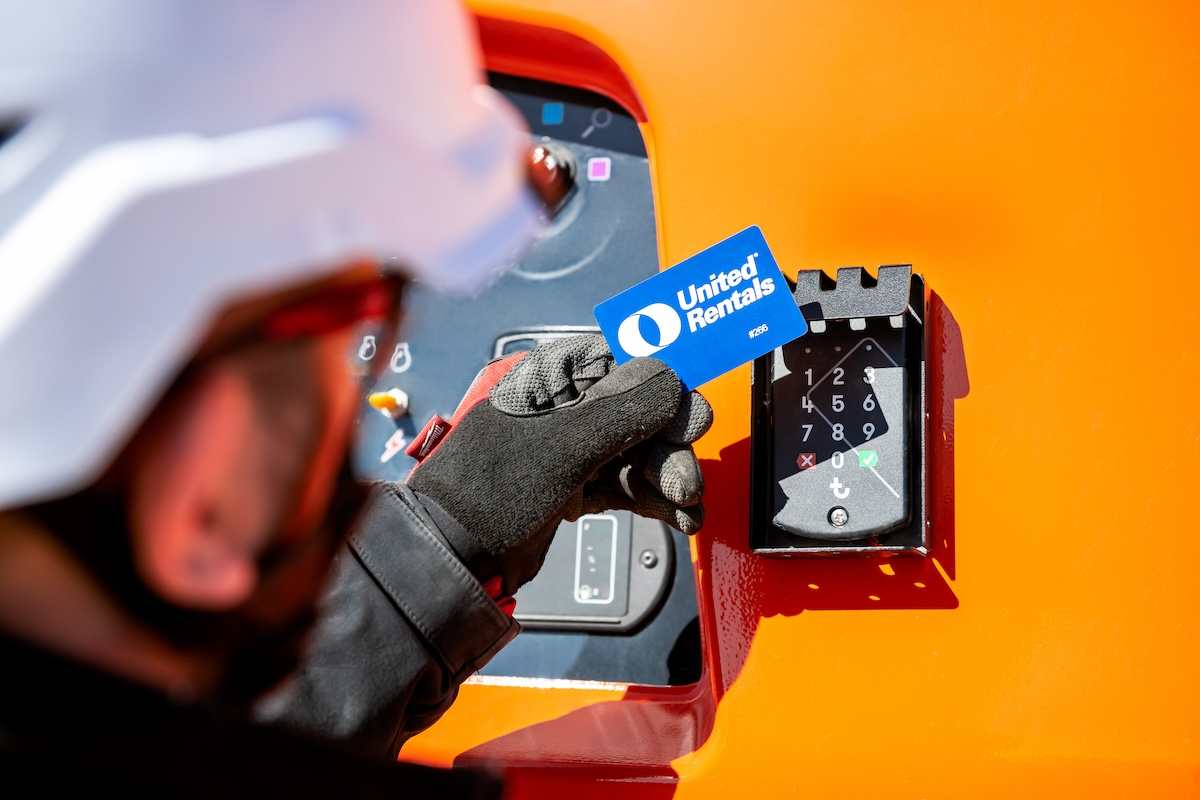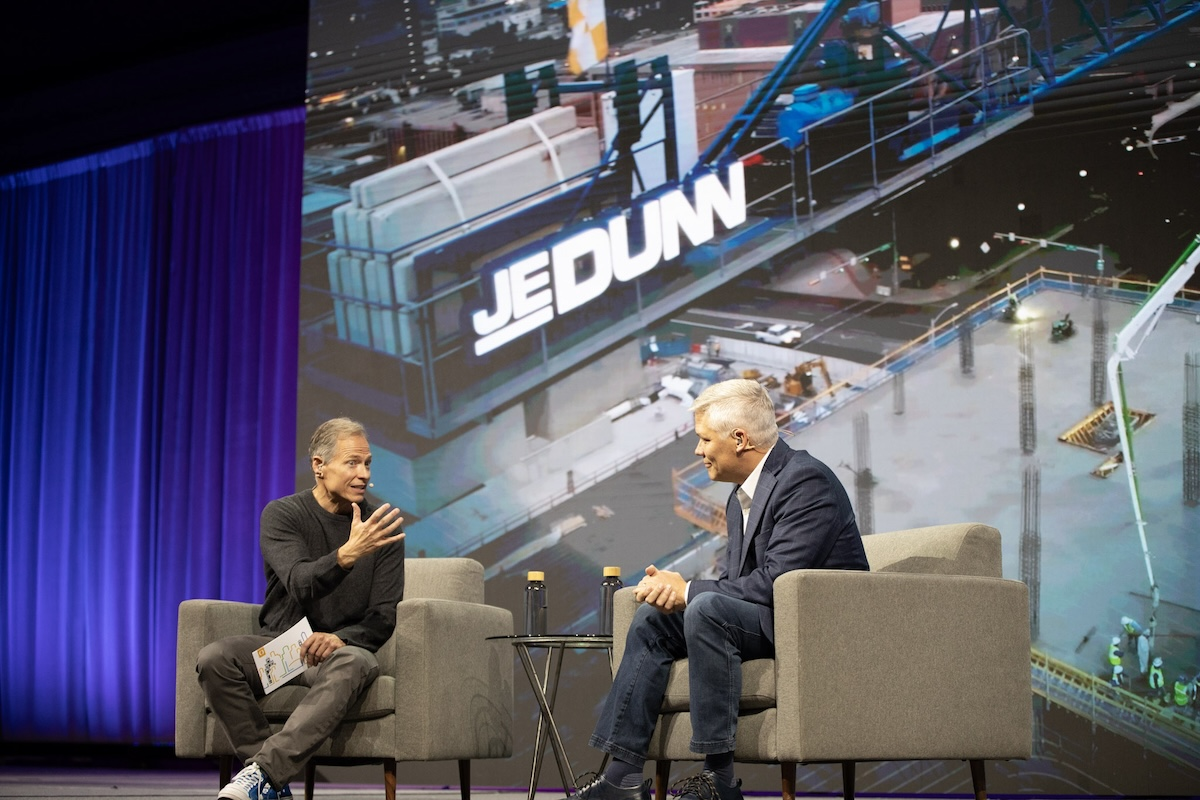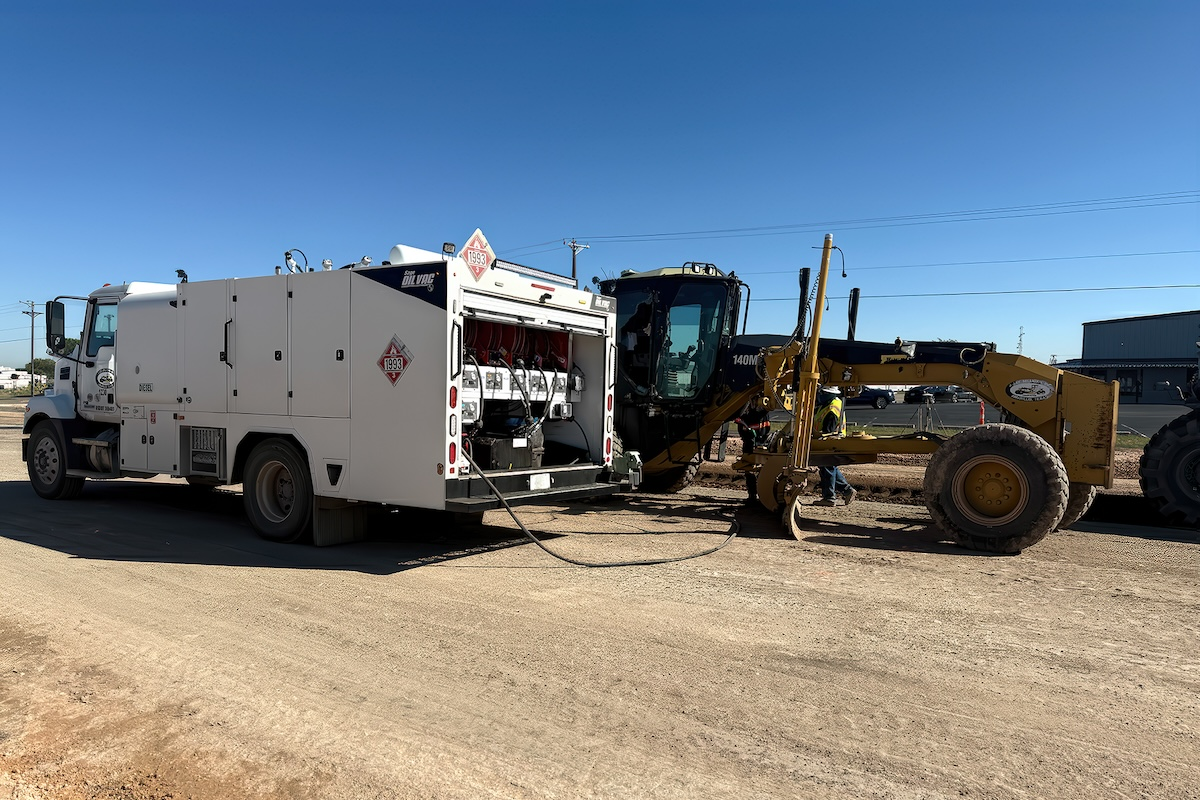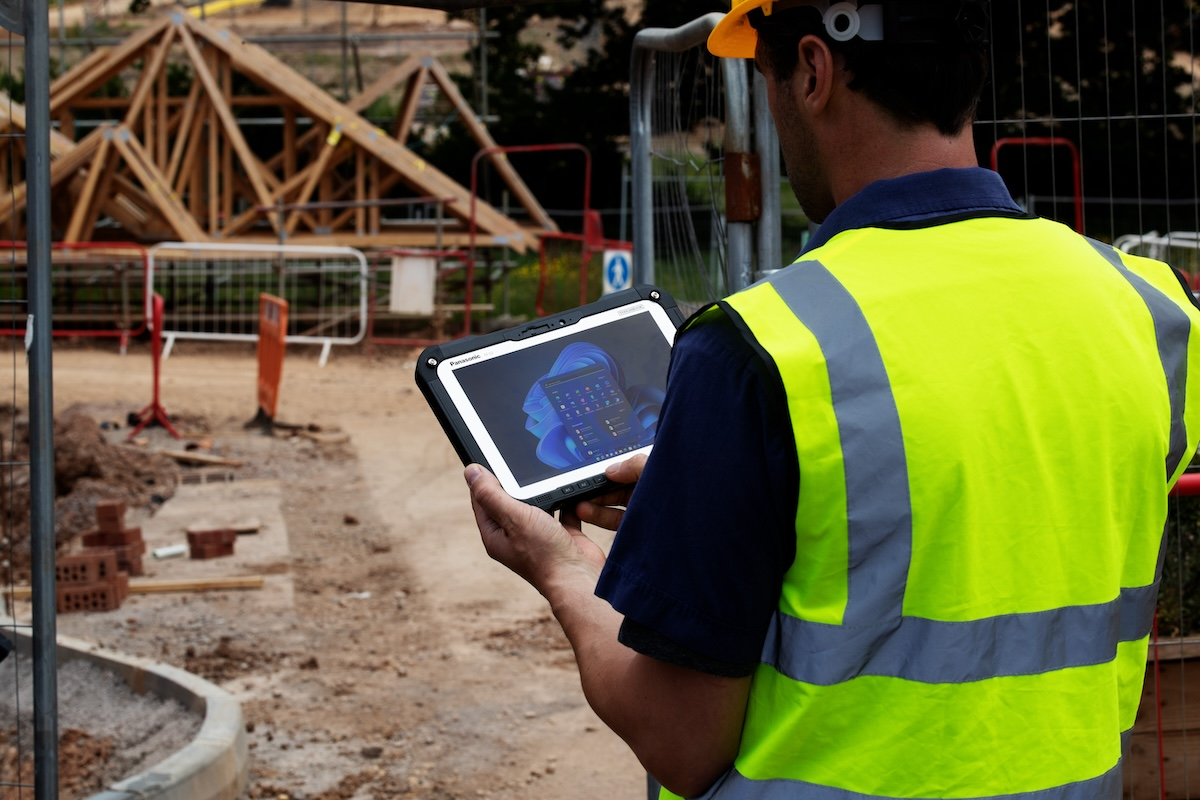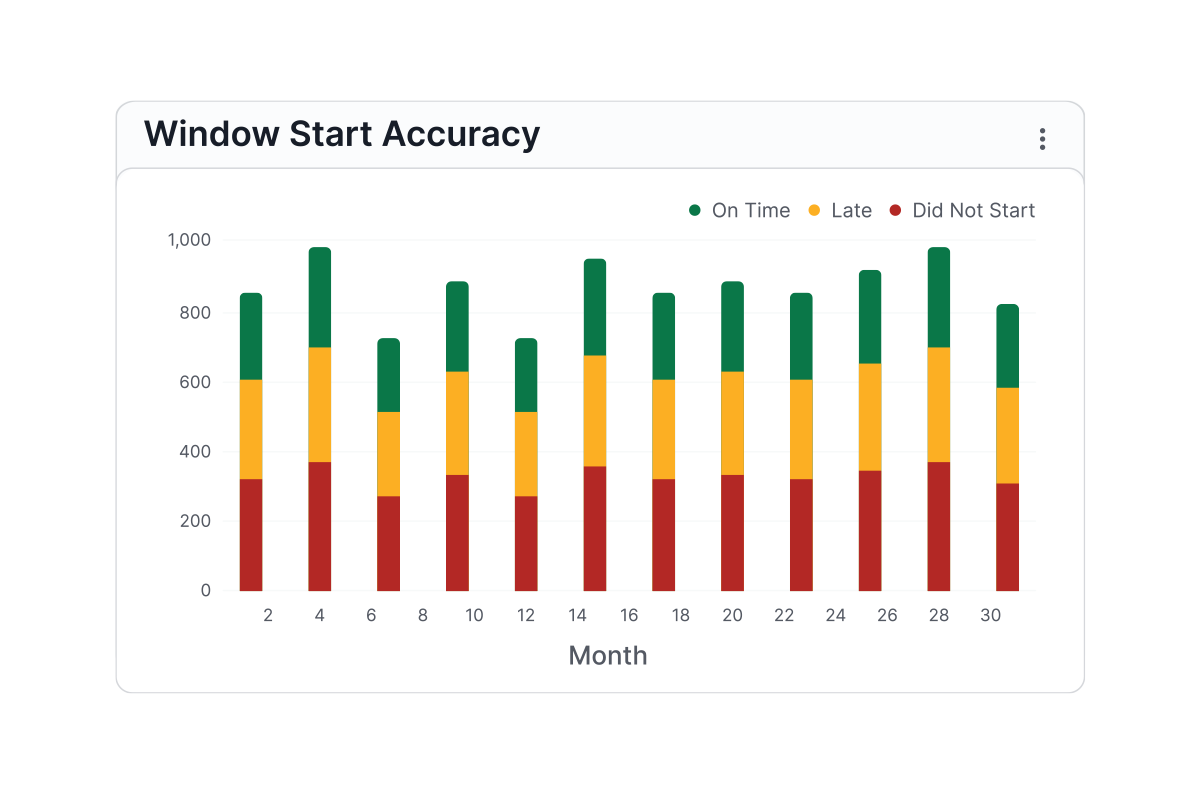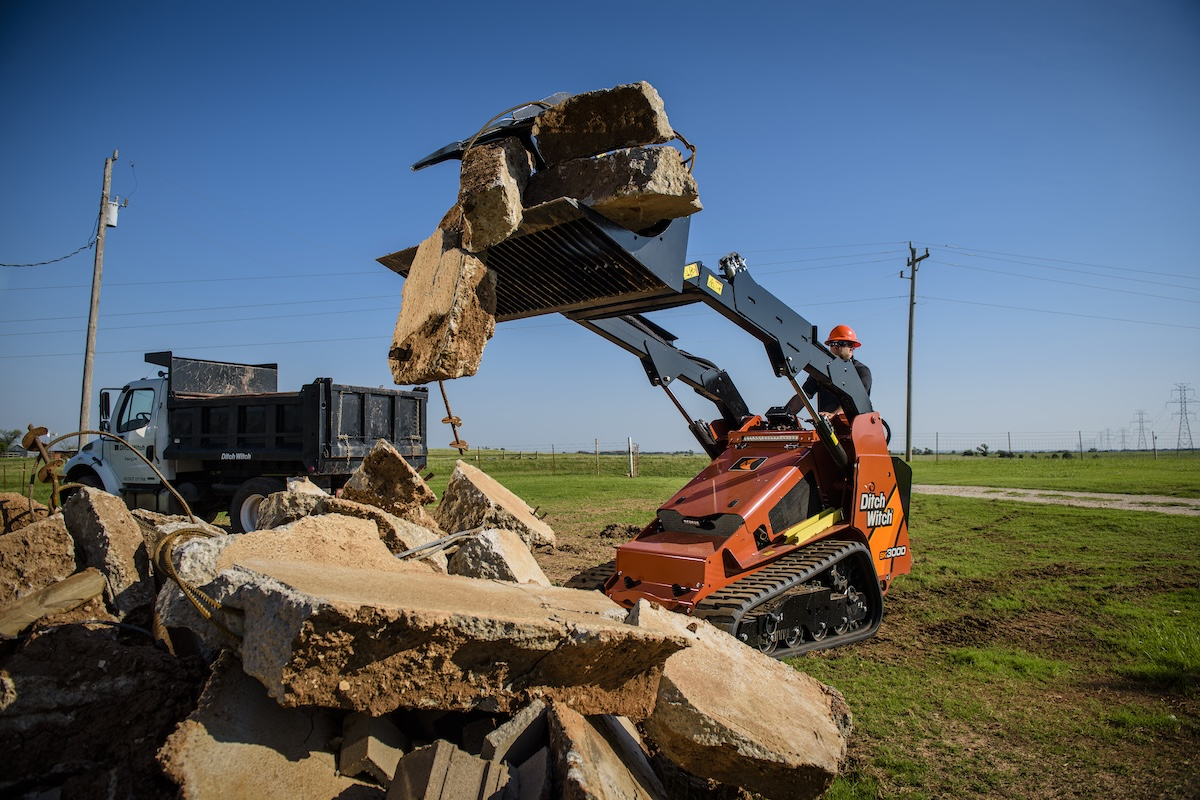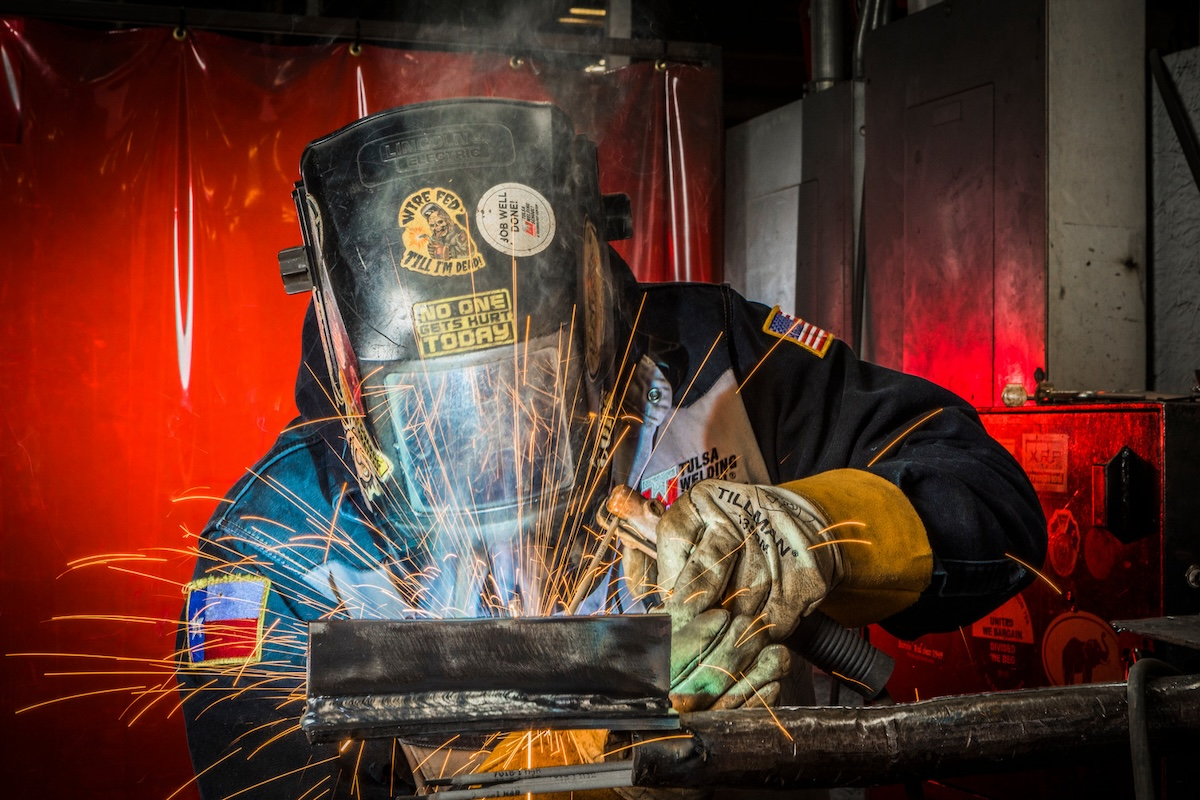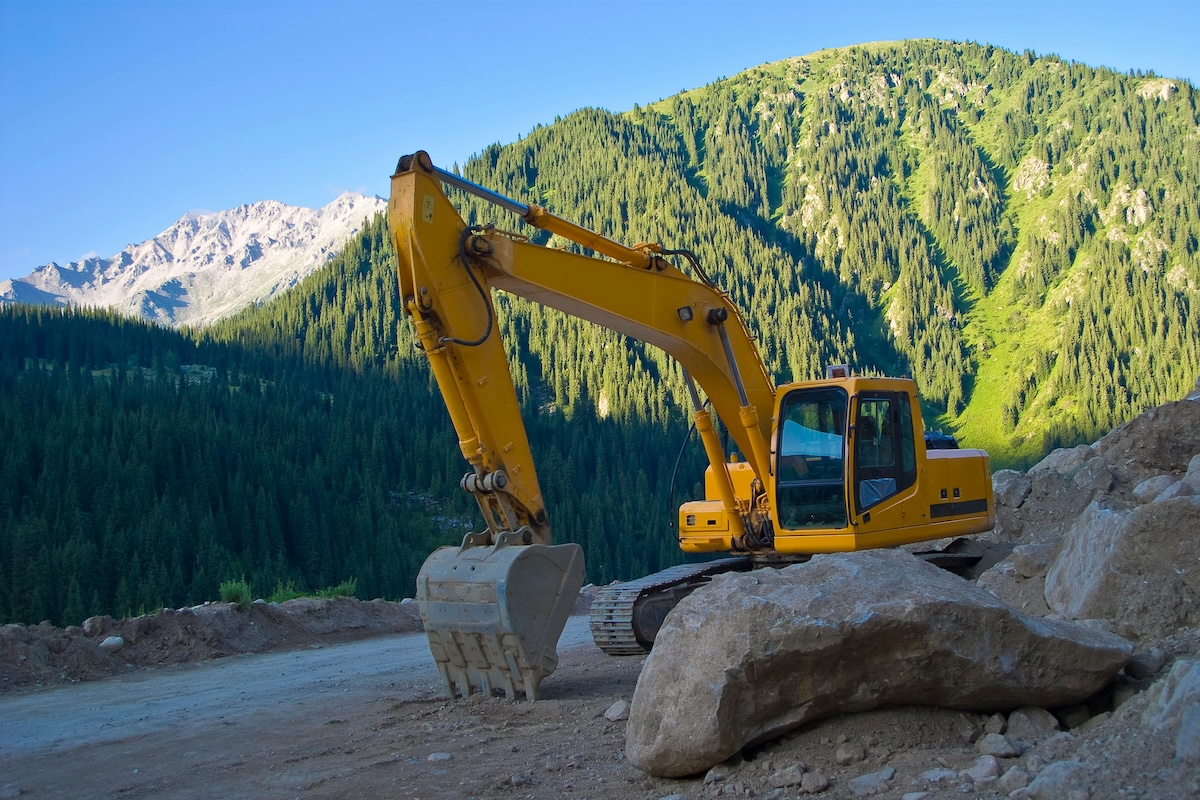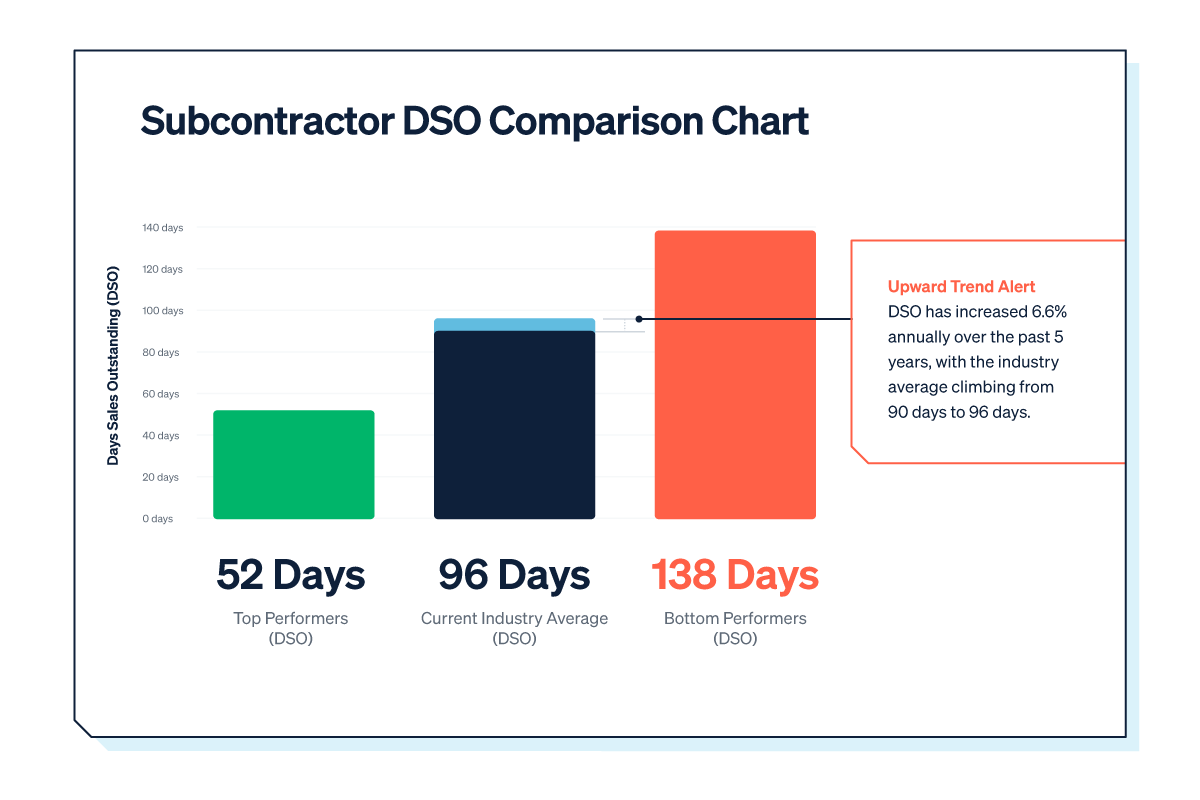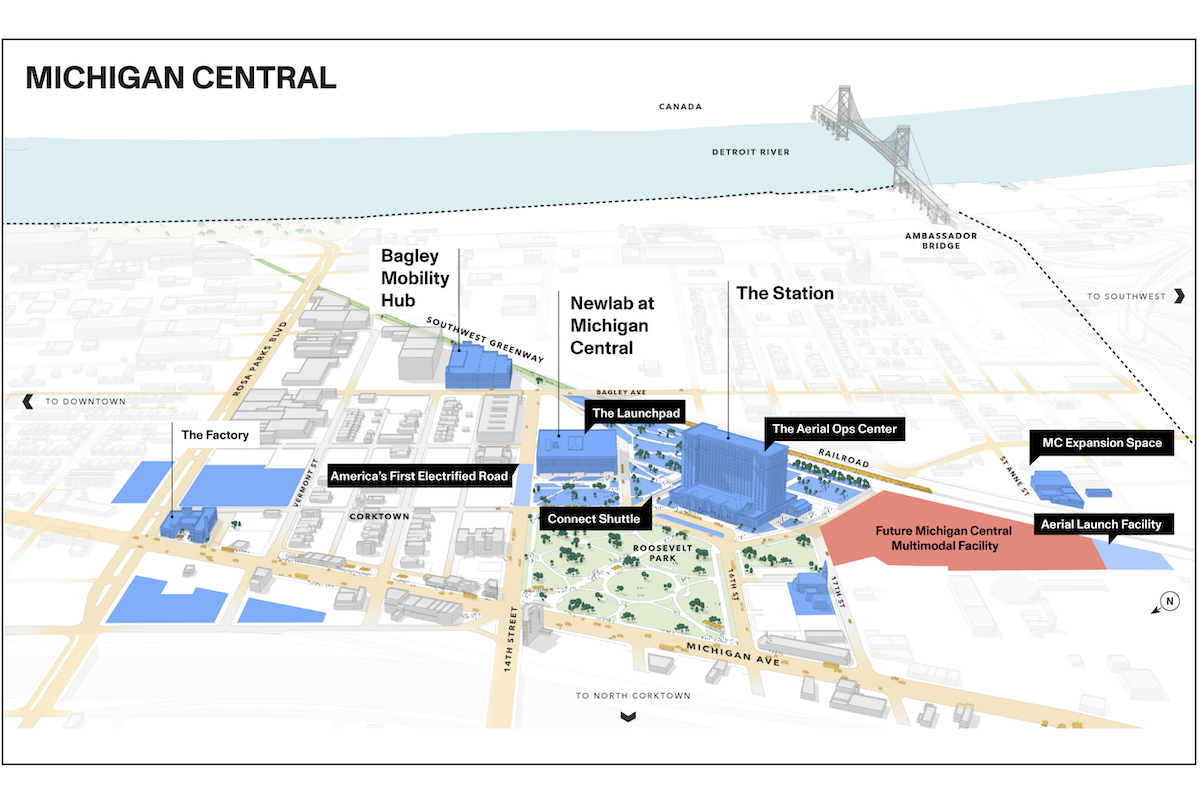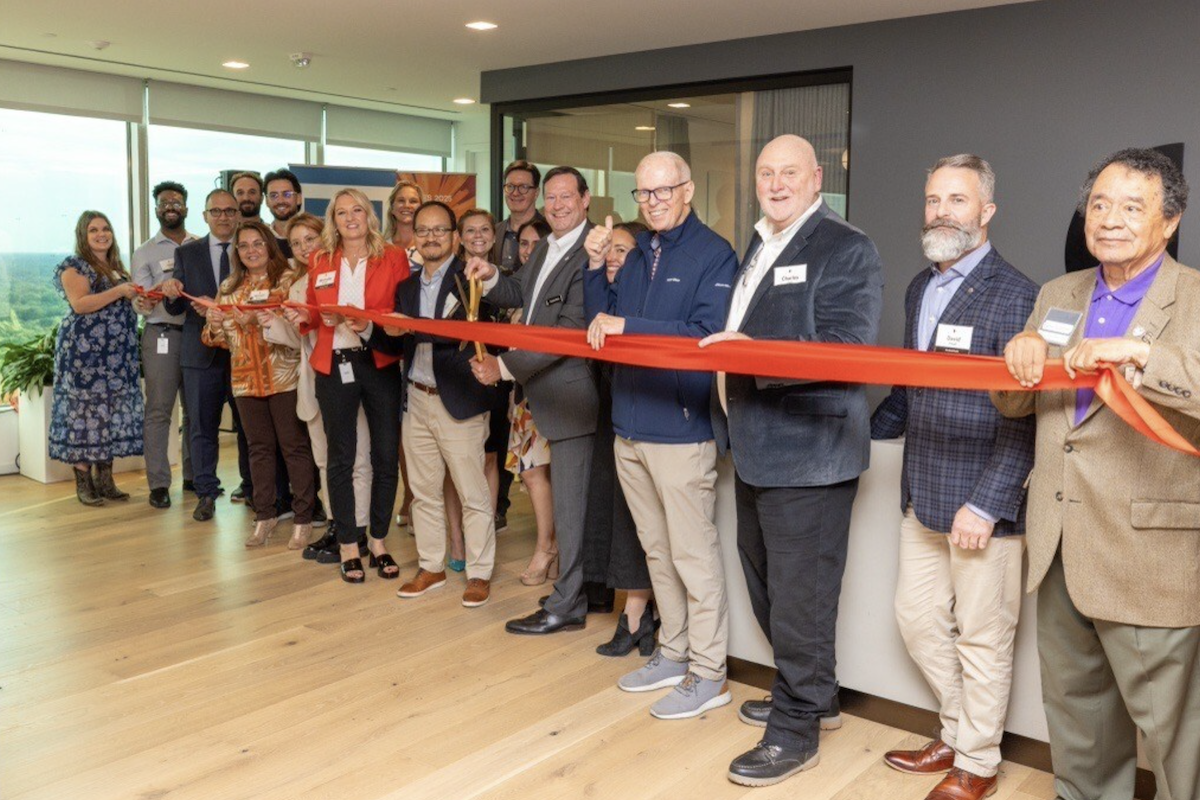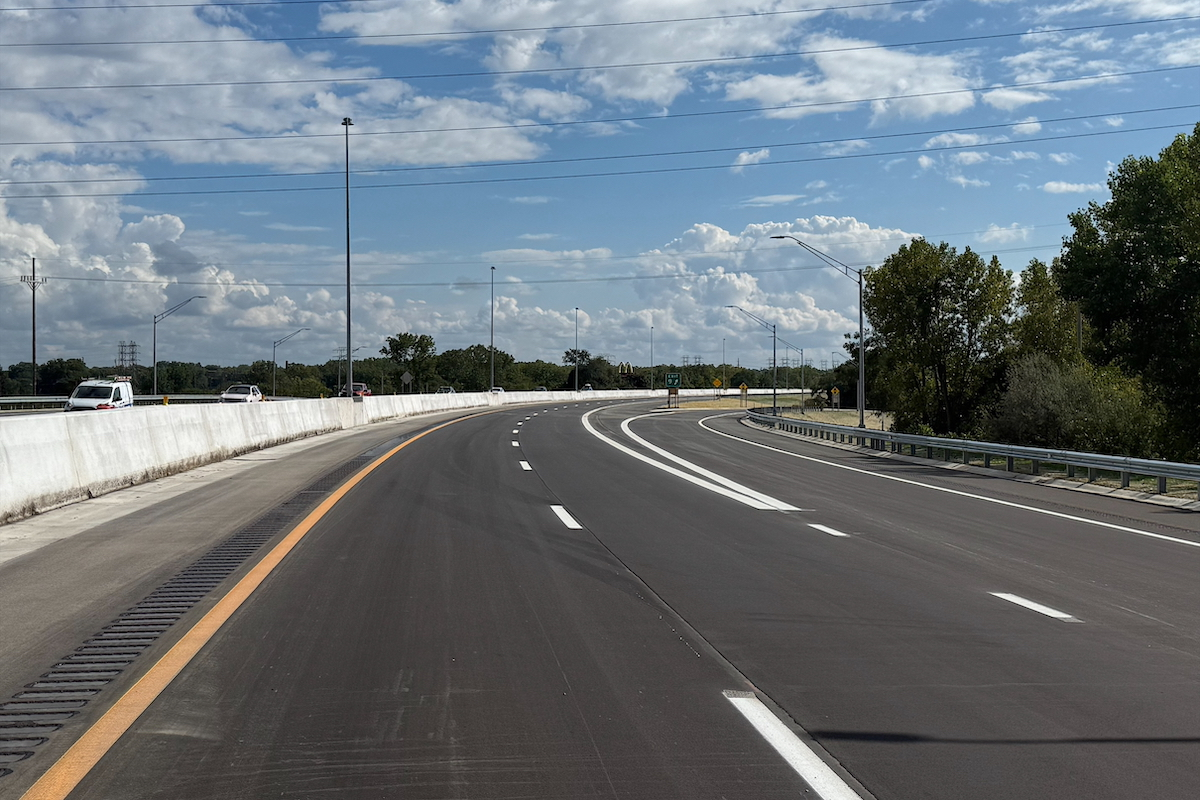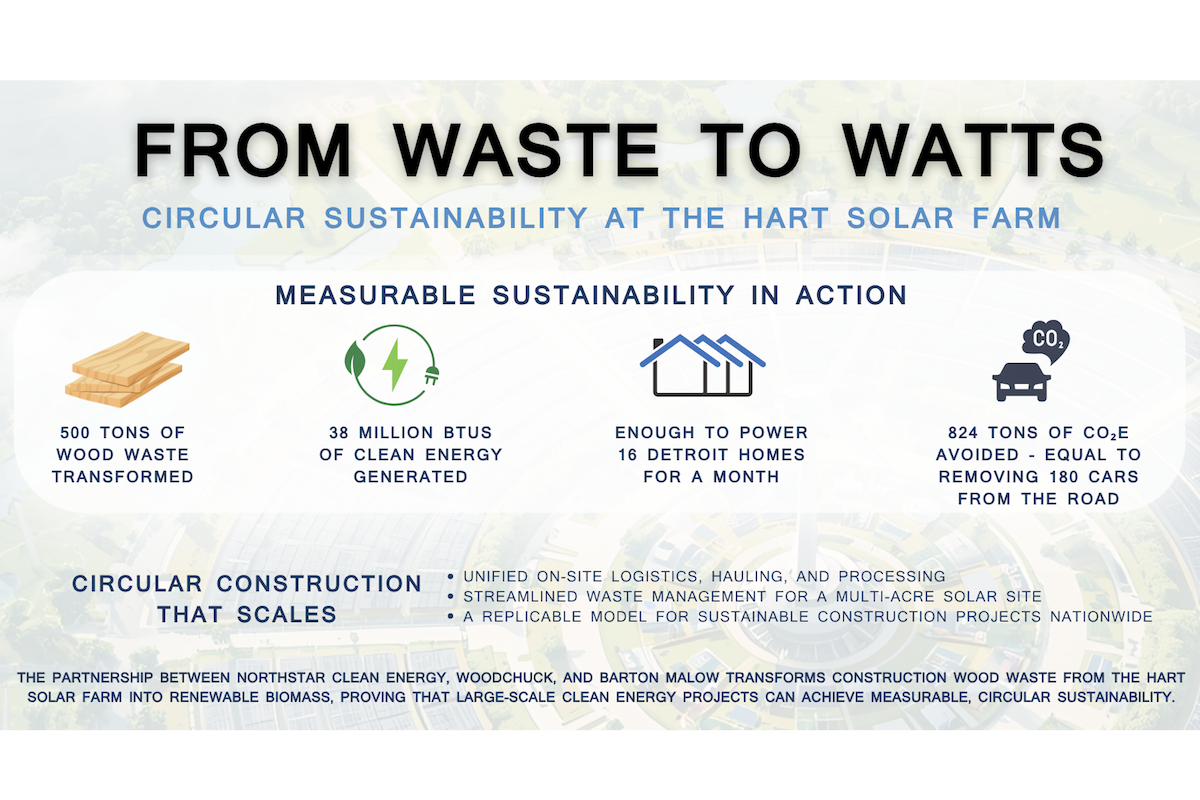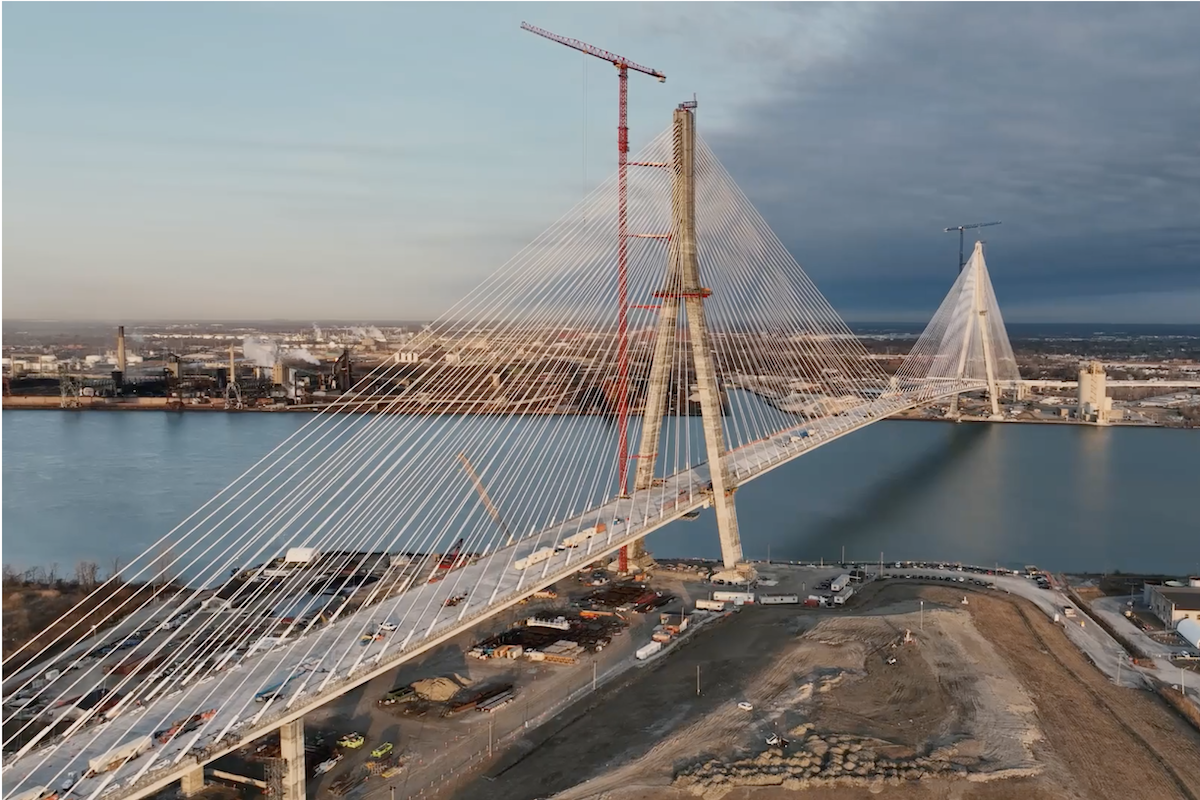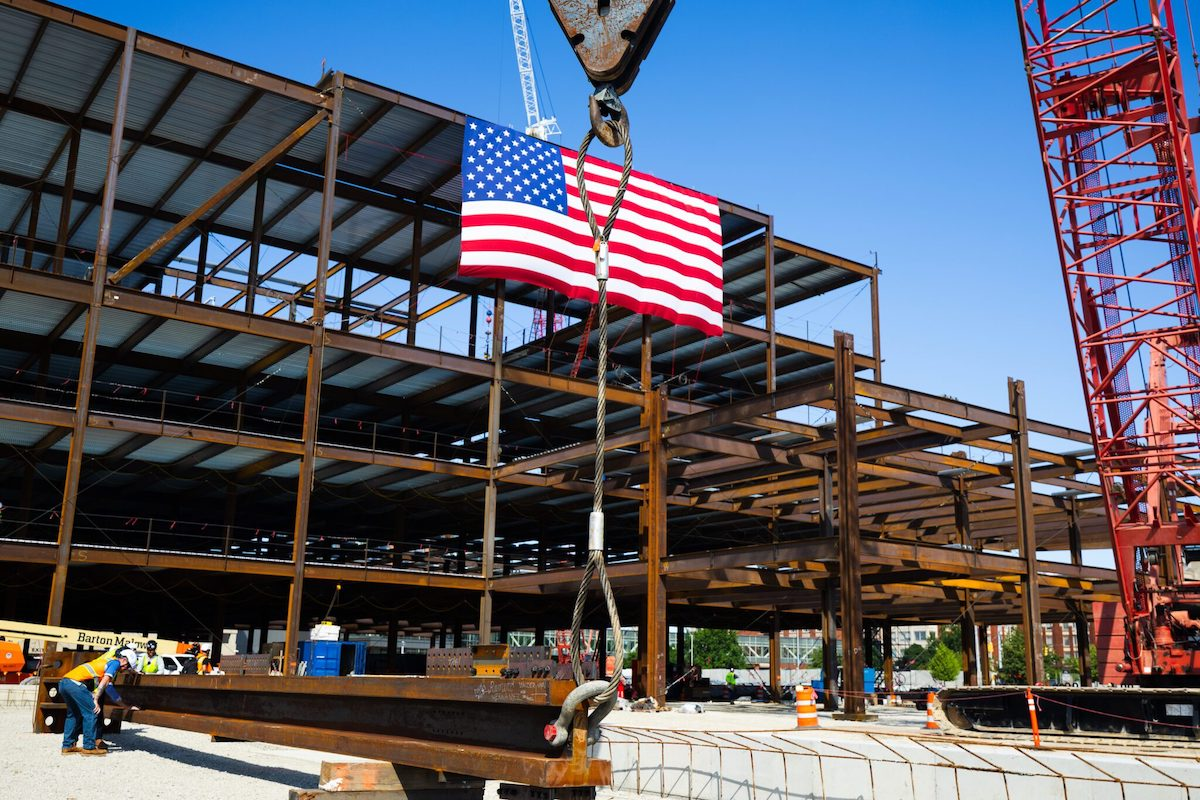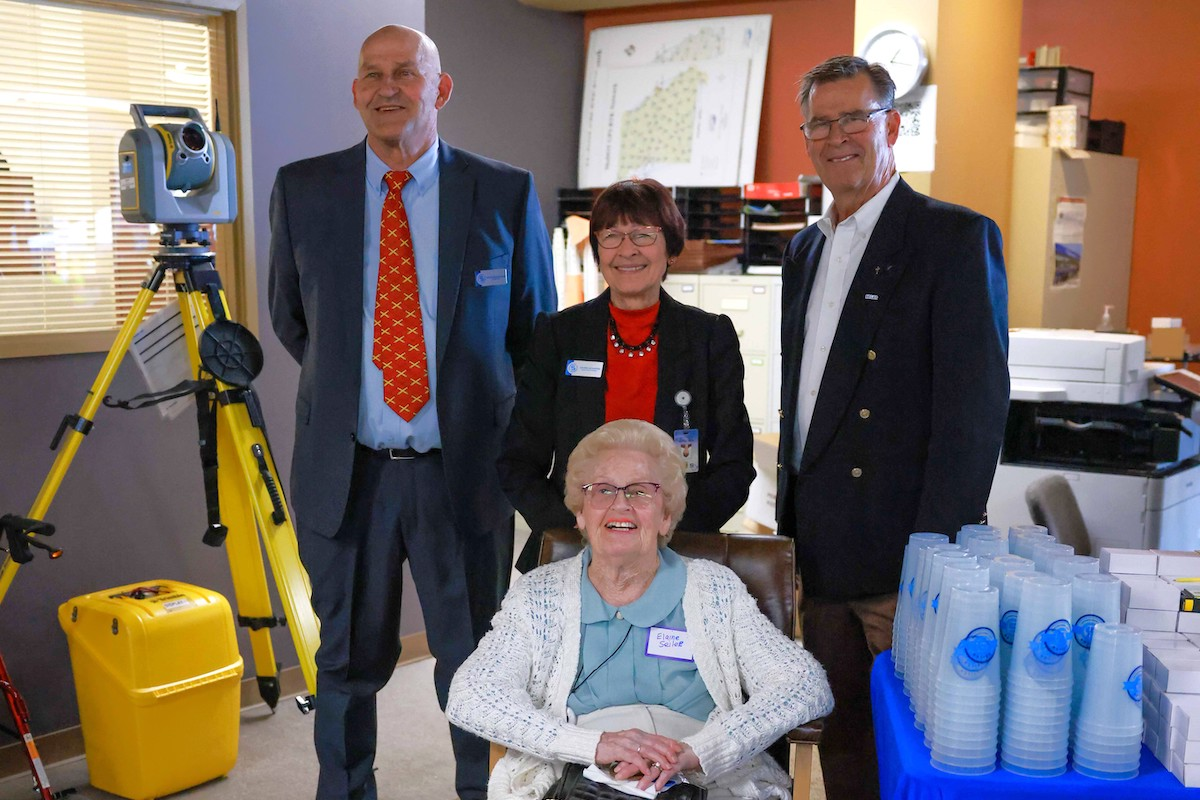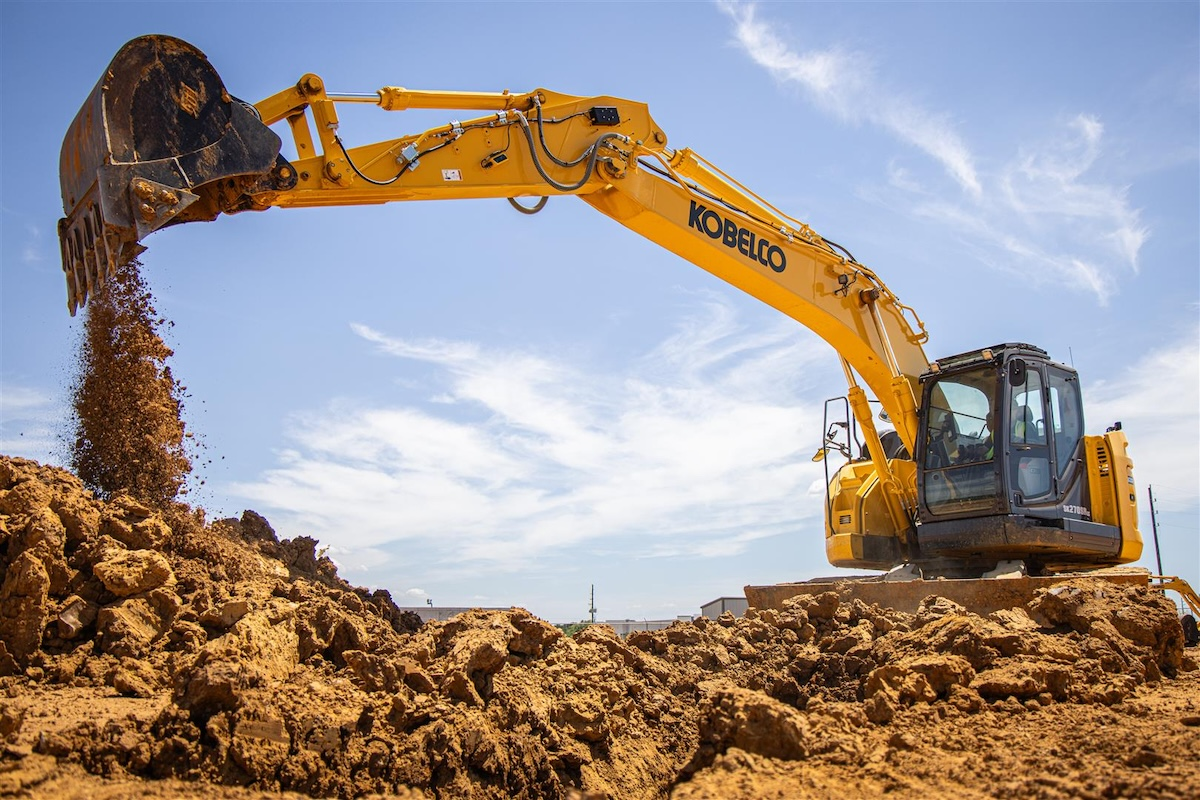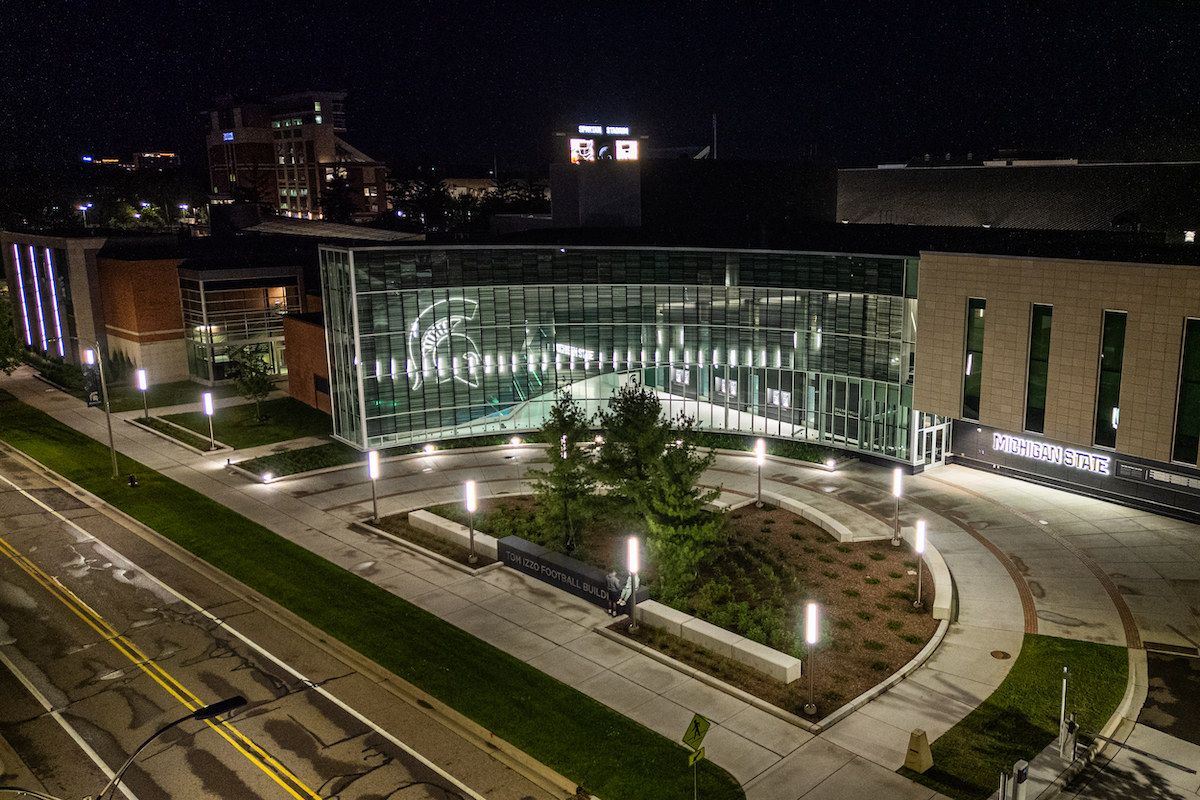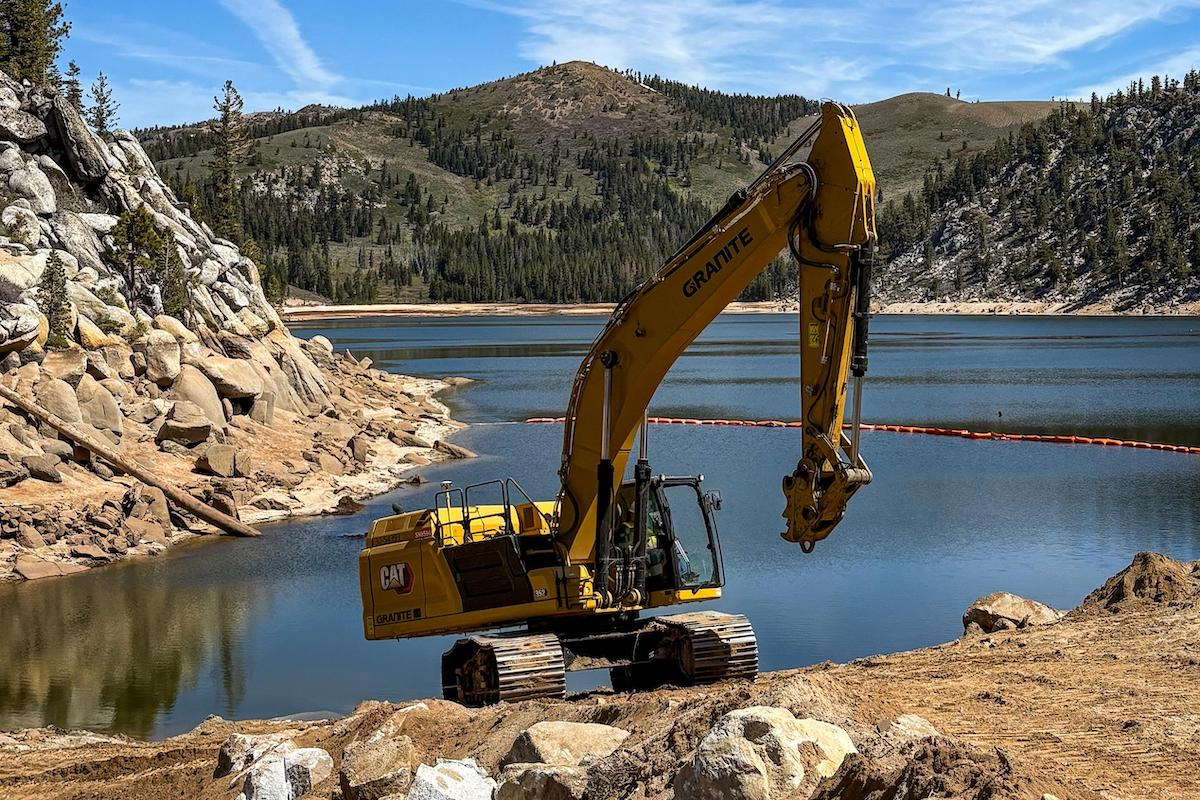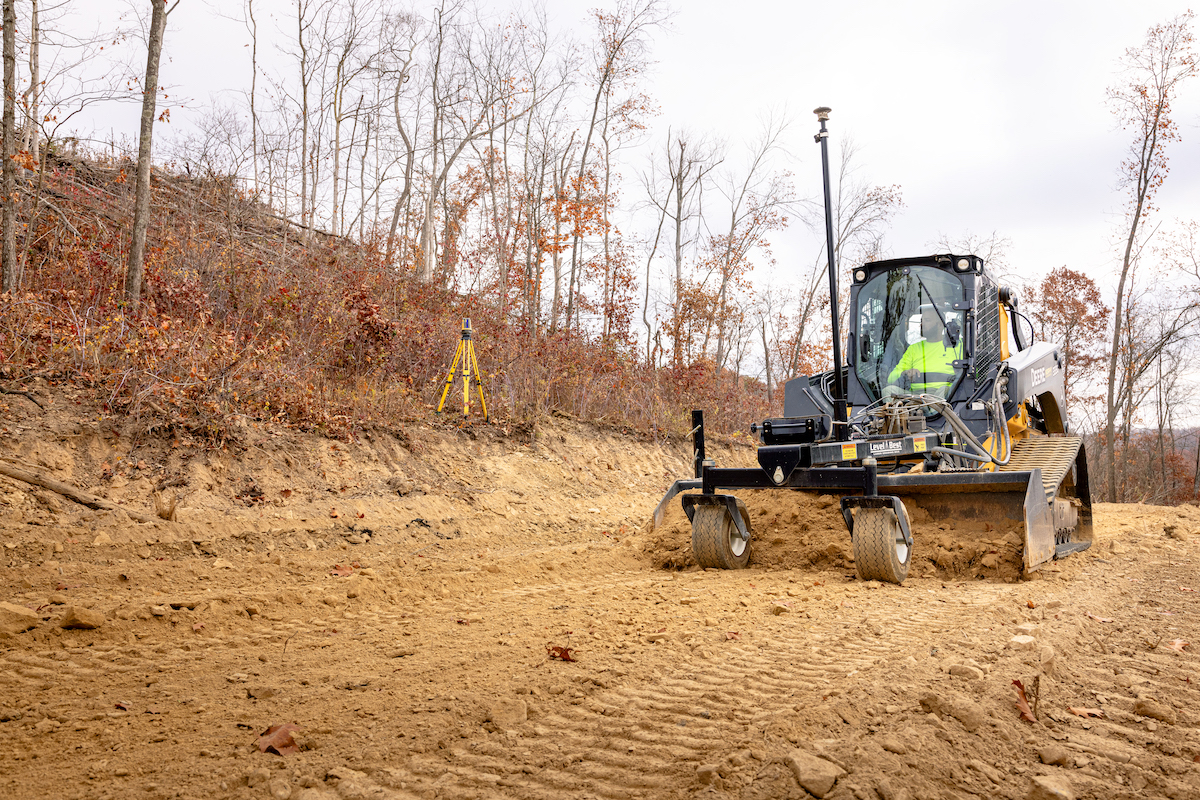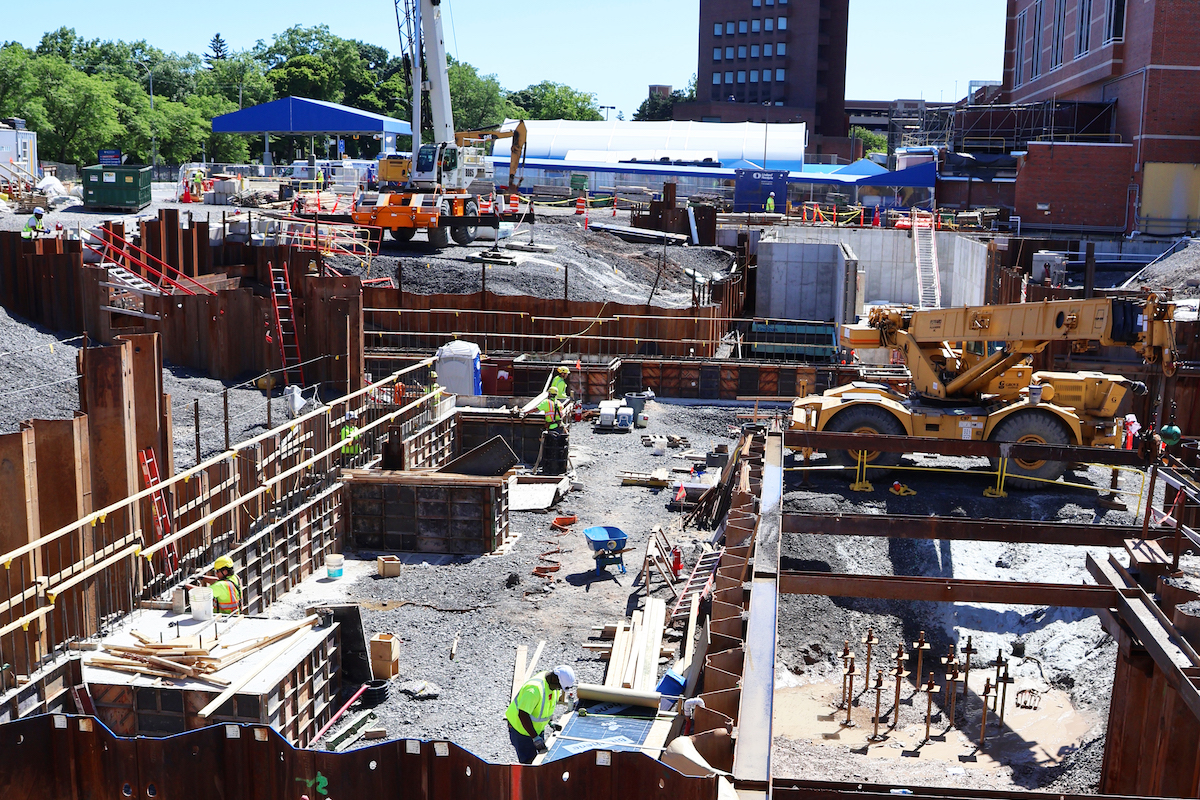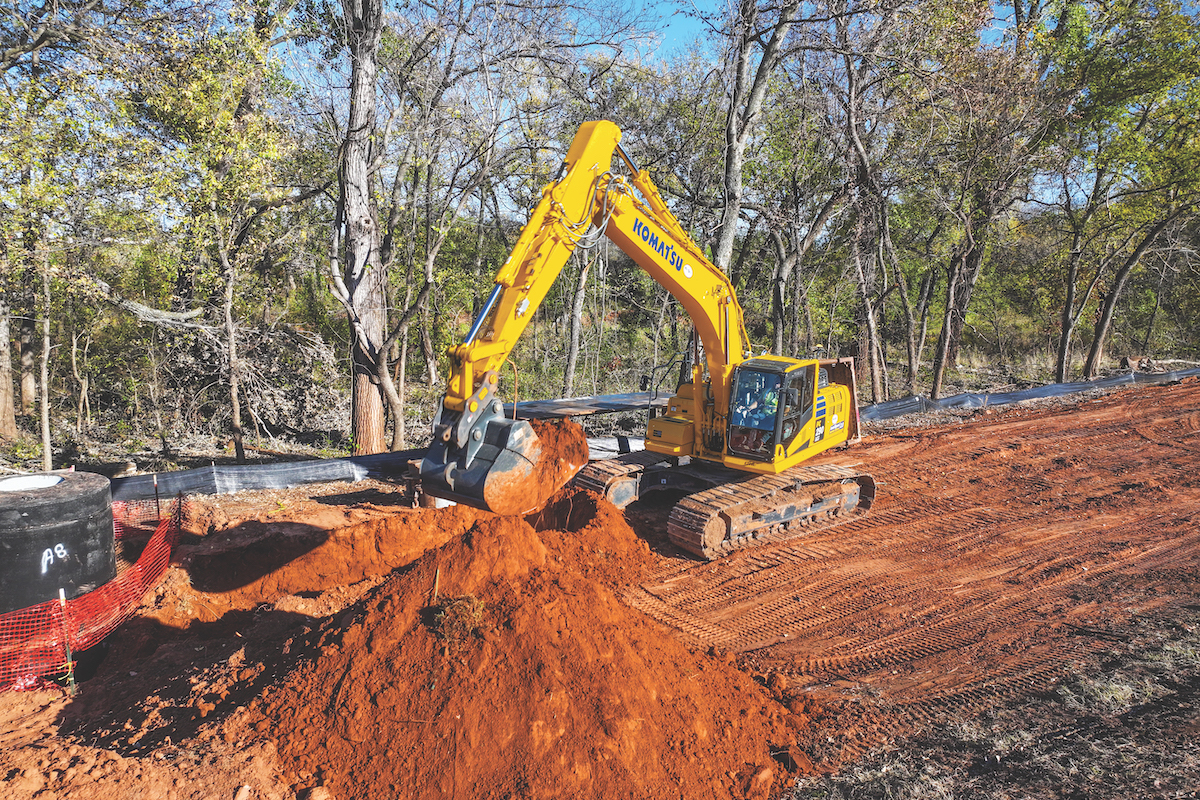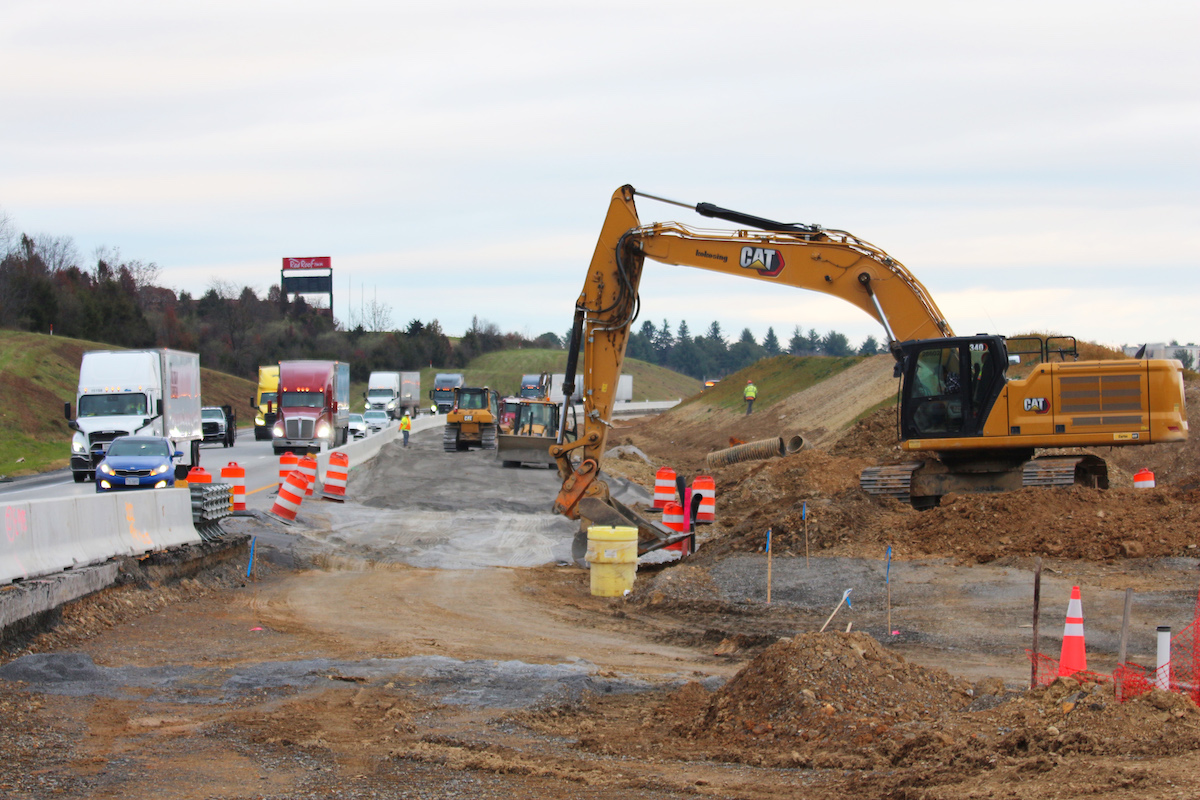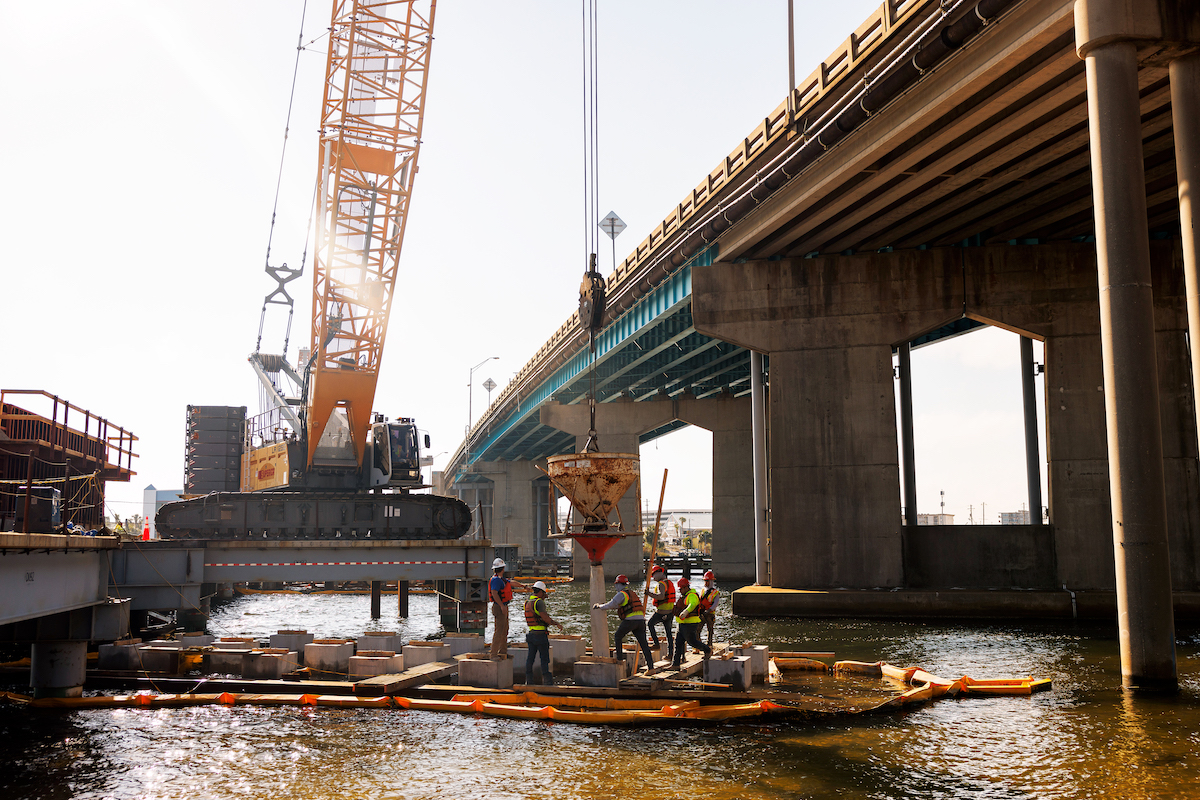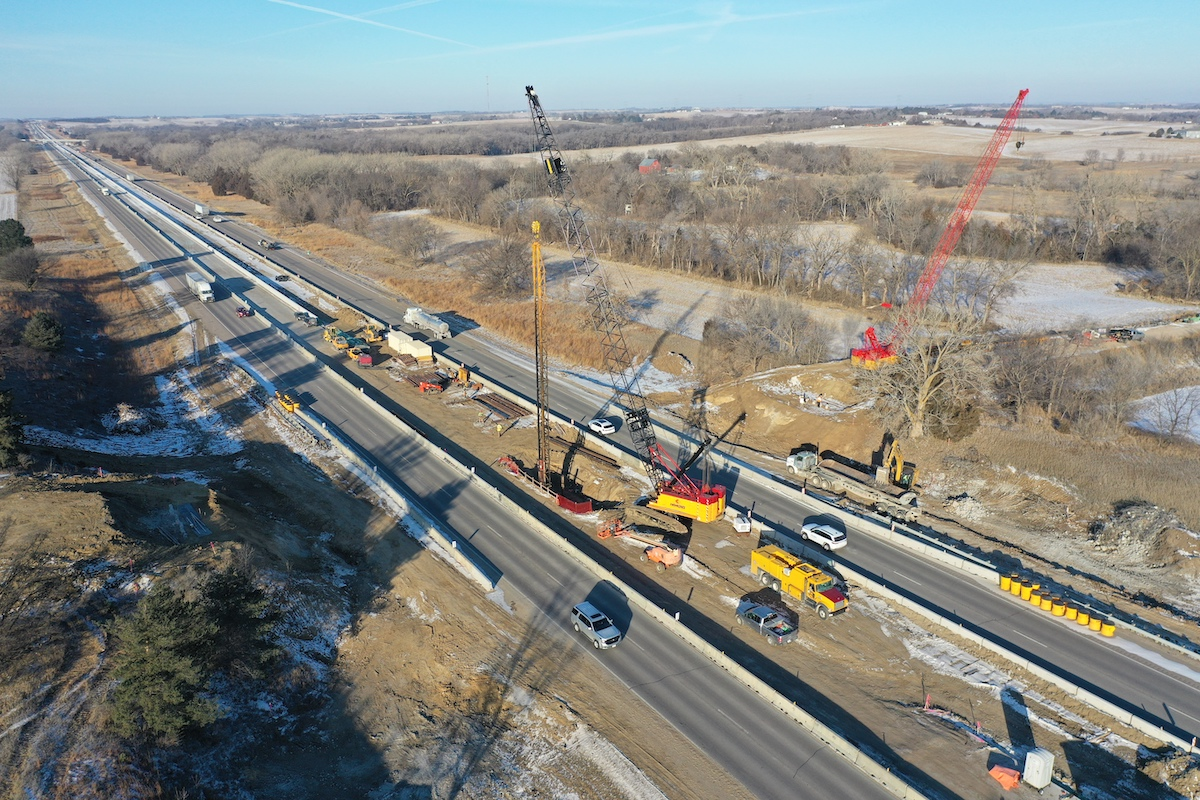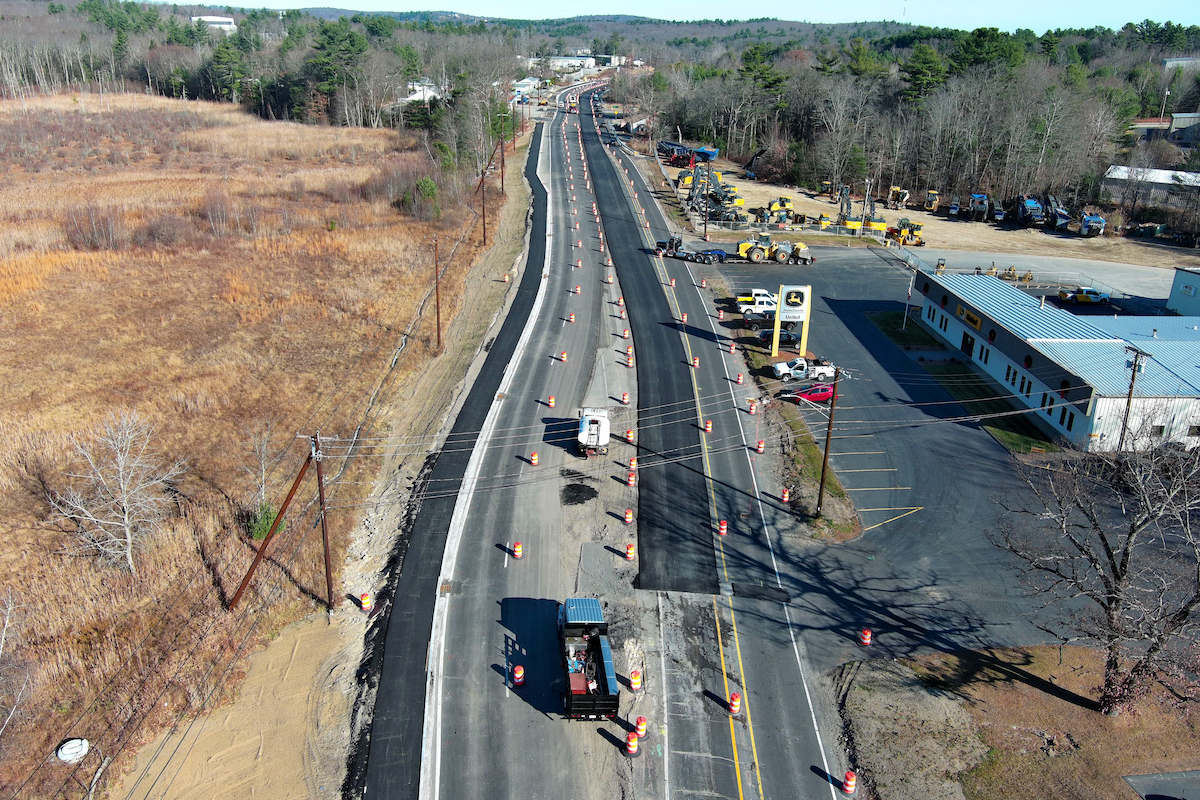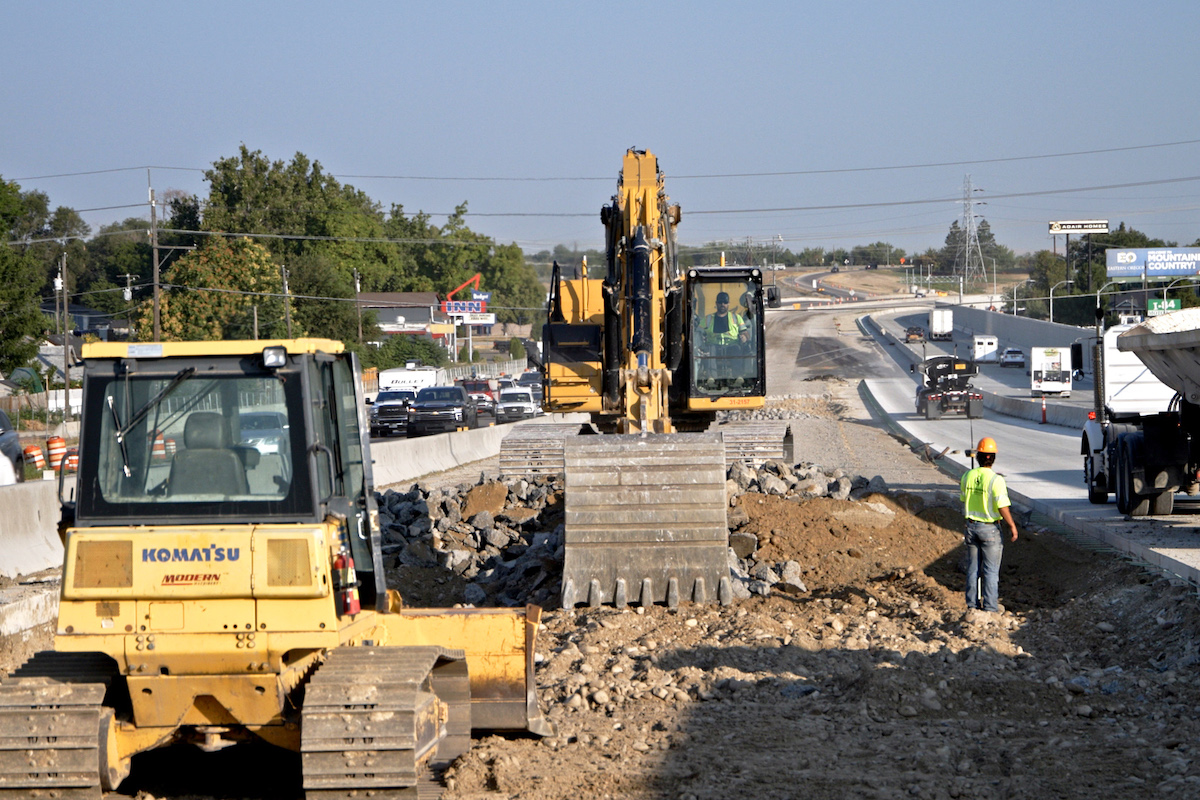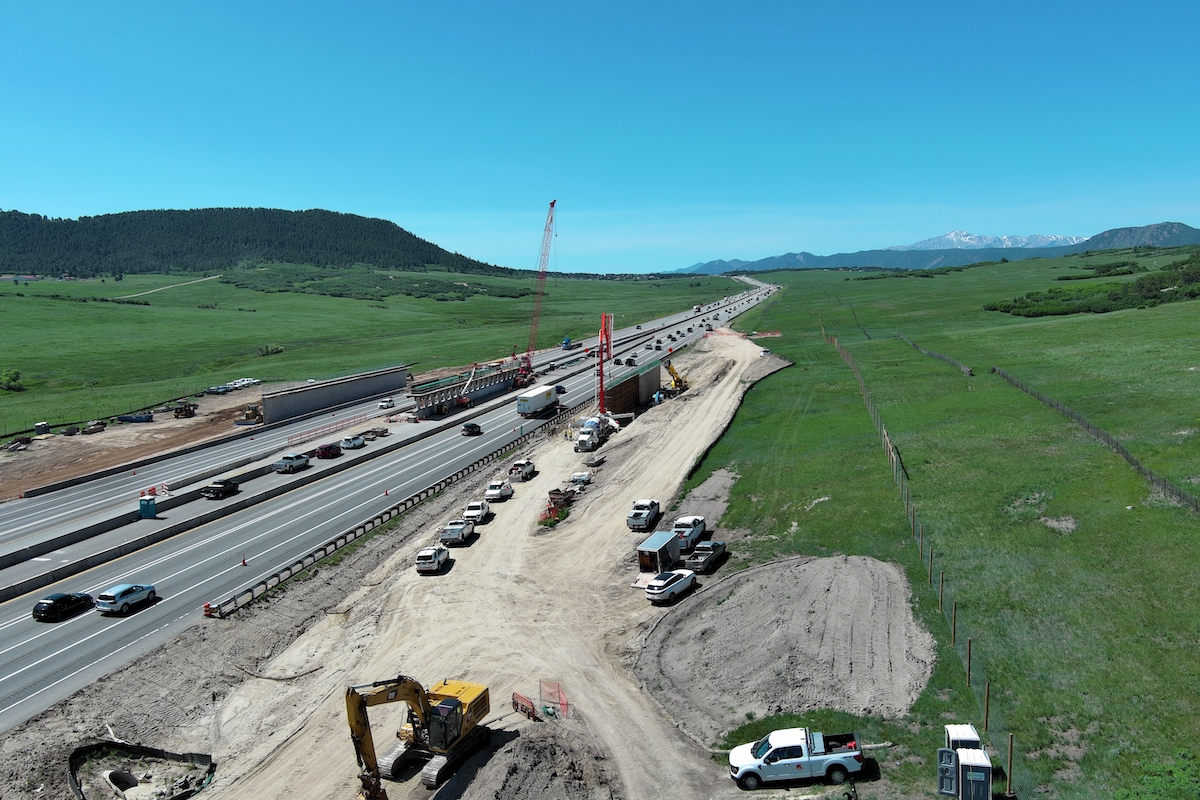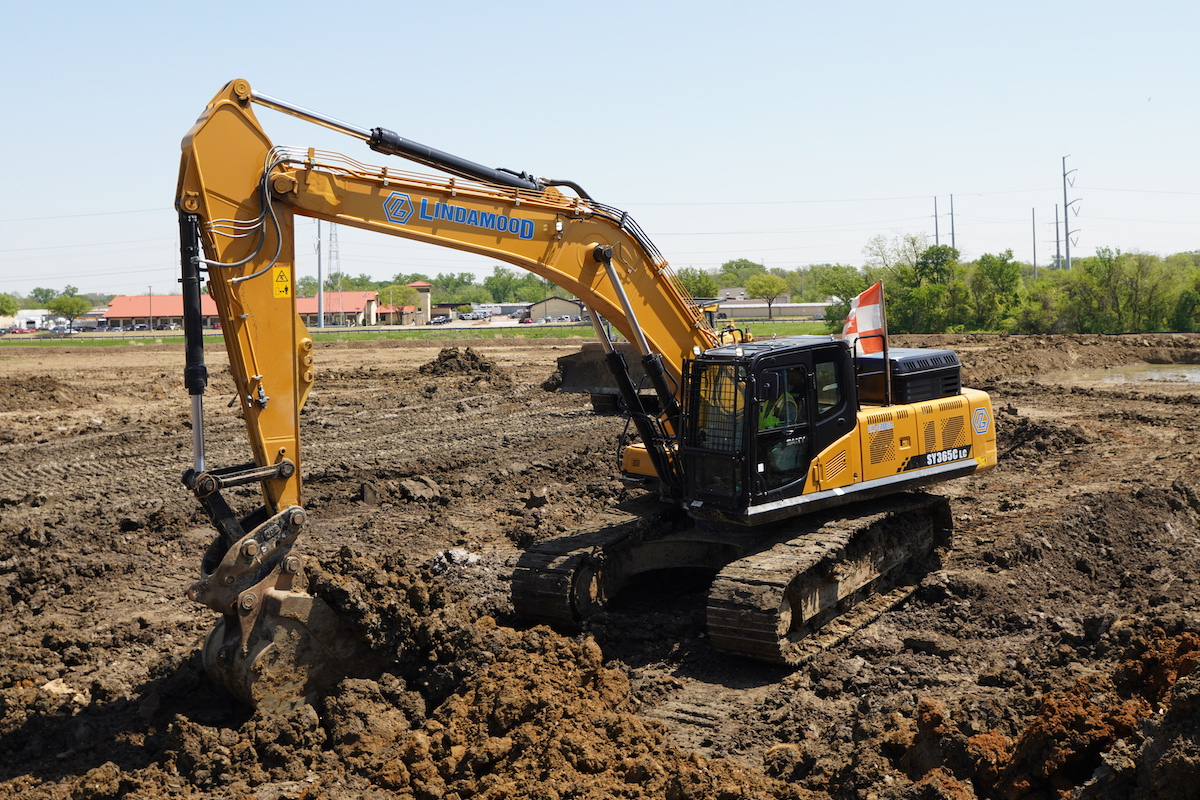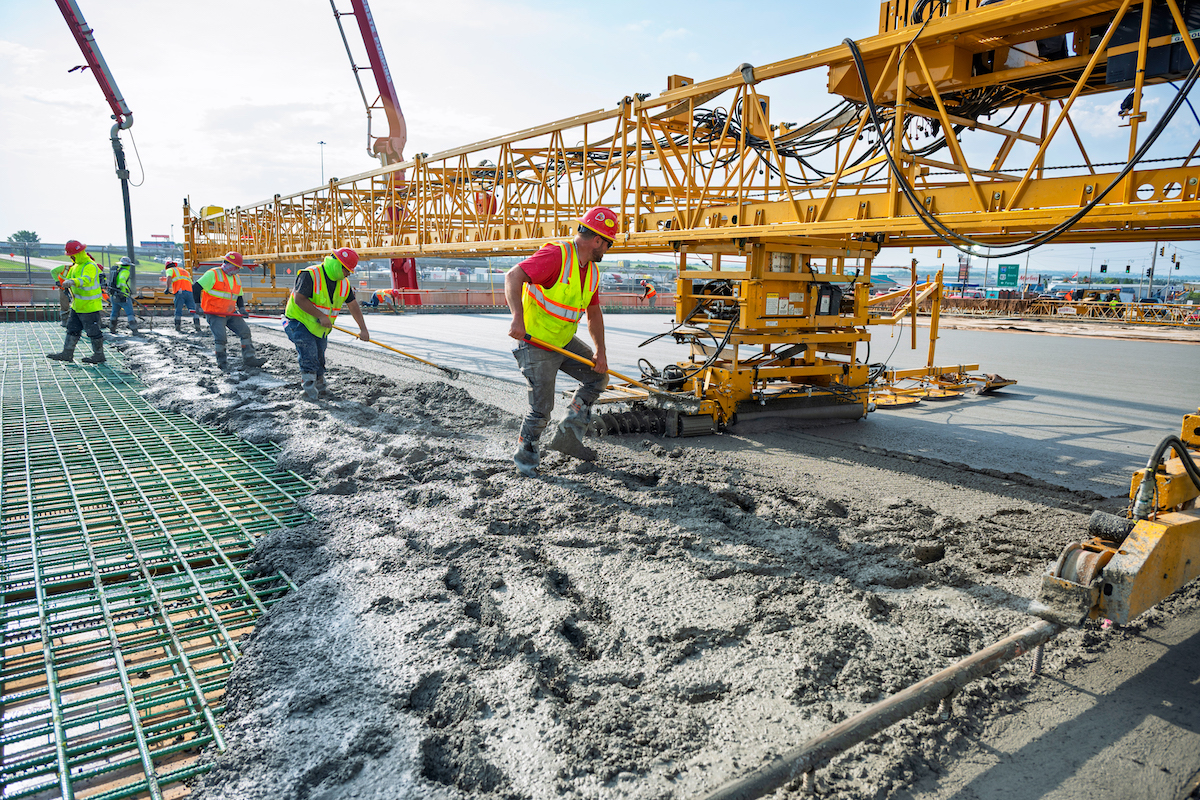Construction work is inherently dangerous, but most accidents and injuries are avoidable. Before workers set foot on the job, relevant training is crucial. On the job site itself, the right setup can support increased safety, helping to prevent incidents ranging from slips and falls to equipment tip-overs to trench collapses.
During project planning, a full-service rental equipment provider with a broad range of products and services can guide contractors to customized solutions that help mitigate hazards while boosting productivity. The six rental solutions below can elevate a site’s safety profile from the get-go.
Soft, unstable, or uneven ground poses risks for workers and equipment. Ground protection mats provide safe walkways, access roads, and equipment pads.
Timber mats are ideal for creating stable, level roads to and from the work site and around the site for vehicles and heavy equipment. The mats prevent tires and tracks from sinking into mud or sand and equipment from tilting.
Paths constructed of lighter-weight wood or composite mats help workers traverse muddy sites without turning an ankle. The smooth, slip-resistant surfaces allow them to move from task to task and in and out of trailers and portable restrooms with less risk of slips and falls. Installing these paths at the start of project mobilization prevents mud rolls and ditches from forming after rainstorms, creating safer conditions for people and machines.

| Your local Deere & Co dealer |
|---|
| AIS Construction Equipment |
Crane mats stabilize cranes, diggers, boom lifts, and other heavy equipment during operation, reducing the risk of a potentially catastrophic tip-over.
An experienced, turnkey mat vendor can help contractors choose the most appropriate and cost-effective ground protection mats for the application and job site and perform the installation on request.
Working in trenches and other excavations is one of construction’s most dangerous activities. A trench collapse is rarely survivable. Most trench fatalities have occurred in trenches that did not have a trench protective system in place.
Whenever a trench is 5 feet deep or greater, a protective system is required by the Occupational Safety and Health Administration (OSHA). Types of systems include benching, sloping, shoring, and shielding. Any system used must adhere to the charts found in Appendices B, C, and D of OSHA’s 1926 Subpart P or the manufacturer’s tabulated data, or be designed by a registered professional engineer.

| Your local Trimble Construction Division dealer |
|---|
| SITECH Michigan |
By partnering with an equipment vendor that offers extensive trench product expertise, contractors can make sure they select or design a system that’s appropriate for the excavation, complies with regulations, and fits the budget.
When work is performed at night or during low-light or variable-light conditions, adequate lighting helps crews operate more safely.
On larger job sites, portable light towers provide bright illumination over multiple acres. The newest rental light towers feature both a diesel generator and a battery. These hybrid models slash generator run time and dramatically reduce the need to refuel.
Portable LED light stands are ideal for lighting work areas and the paths workers take to reach them. Adequately lighting workspaces helps prevent injuries such as lacerations. Lighting walkways and stairways reduces the risk of trips and falls.

| Your local Deere & Co dealer |
|---|
| AIS Construction Equipment |
Light stands come in a variety of models. Balloon light stands reduce shadows and glare. Explosion-proof light stands are safe to use in hazardous areas and confined spaces where flammable gases, vapors, dust, or combustible fibers could ignite.
A secure site is a safer site. Temporary fences with lockable gates control job site access at the perimeter, preventing passersby and wrongdoers from entering the site.
Fence panels are fast and easy to install. Chain link fences with cement bases or driven posts are more durable choices for long-term projects. In urban areas, adding privacy screens to fences can minimize distractions and help workers stay focused.
Within a job site, fences and barricades can separate vehicle traffic from foot traffic to reduce the risk of struck-by incidents. Fences can also block off hazardous areas.

| Your local Deere & Co dealer |
|---|
| AIS Construction Equipment |
Some rental providers now offer modular turnstiles, which integrate with temporary fences to automate access control. Workers tap a company-issued ID badge or fob equipped with wireless technology such as RFID to unlock the turnstile barrier and pass through. A record of entry and exit is created each time a badge is tapped.
Restricting access to heavy equipment is critical to reducing machine-related accidents. Yet many contractors have no reliable process in place to keep workers off heavy equipment they are not trained, certified, or authorized to operate.
Ignition keypads are a relatively simple but effective way to implement equipment access management. A full-service rental equipment provider can add these devices to rented or owned mobile machines. Managers can assign PINs to individuals or groups, either for specific pieces of equipment or equipment categories such as forklifts.
When each operator has their own PIN, contractors can gain visibility into how they operate the equipment with the help of telematics devices and a cloud-based equipment management platform. Telematics data reveals rapid acceleration, excessive reverse travel, and other behavior. Operators who have developed risky habits may be good candidates for additional training.

| Your local Deere & Co dealer |
|---|
| AIS Construction Equipment |
Ignition locks also help prevent other trades from borrowing equipment they are not entitled to use and reduce the risk of equipment theft.
If workers have company-issued ID badges enabled with RFID, a full-service rental provider can add RFID readers to ignition locks to automate equipment access management.
Working in extreme heat is increasingly common as temperatures trend higher. Crews operating outdoors for long hours on hot days are subject to heat stress and heat illness, including heat stroke. Shade can lower the ambient temperature by as much as 10 to 25 degrees.
On large job sites, contractors may want to rent a free span fabric structure for use as a breakroom. These modular, temporary structures feature a vinyl roof for shade and optional sidewalls. They can be installed on any flat surface. Heavier-duty, insulated temporary structures with sidewalls can easily be heated or cooled with rented HVAC equipment for use in summer and winter as breakrooms, lunchrooms, and meeting rooms.

| Your local Deere & Co dealer |
|---|
| AIS Construction Equipment |
By collaborating with a full-service rental equipment vendor at the start of project planning, contractors can uncover opportunities to build increased safety and compliance into the job site — and reduce risks before the first equipment blade or bucket hits the ground.
An experienced vendor can help optimize the selection and placement of temporary infrastructure and provide ongoing support to ensure that each solution delivers maximum value and meets the needs of the project at every phase.
Teresa Kee is Vice President of Health and Safety for United Rentals. Her background includes nearly two decades of managing health and safety programs, with a focus on employee safety.

